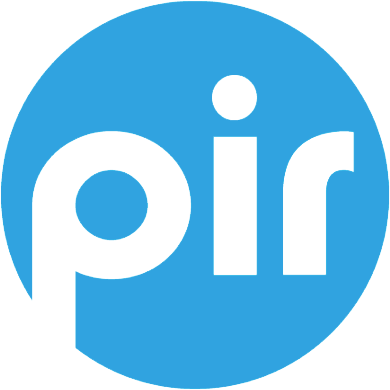Keeping supporters involved is about building connection, trust, and a shared sense of purpose. Research consistently shows that people stay engaged when they feel informed, emotionally connected to the mission, and invited to participate in ways that feel personal. Community-driven storytelling and regular updates are among the top drivers of supporter retention across nonprofits and we see this play out in real time through examples like Lewis Edwards, a traveler and volunteer using his long-distance cycling journey to spotlight why accessible education matters for the Yellow Boat of Hope Foundation. His effort illustrates how individual stories, told authentically, can strengthen engagement in meaningful ways.
Here are four practical ways nonprofits can build the kind of long-lasting engagement that keeps their community connected and inspired.
1. Make the mission feel clear and relatable
Supporters stay connected when they understand the real challenges behind a cause. Clarity turns abstract issues into something people can picture and care about.
Nonprofits can strengthen this connection by showing what daily barriers look like for the communities they serve.
- What does an unsafe commute to school actually look like?
- What does it mean to live without stable access to healthcare, water, or digital tools?
- How does the lack of resources shape someone’s day, options, or future?
This kind of storytelling helps supporters not just understand the mission but understand why their involvement matters.
2. Give people something meaningful to follow over time
Engagement is stronger when supporters can see the arc of your work. Updates don’t have to be complex, they can be a brief reflection, a quick photo diary, or a behind the scenes moment, just enough to help people feel part of the journey.
Lewis’ regular check-ins from his cycling route show how consistent, authentic storytelling can spotlight a cause without overwhelming the audience. When people can follow your mission like a story unfolding in real time, they’re more likely to stay connected and invested.
3. Encourage advocates to share your mission in their own voice
Some of the strongest engagement comes from supporters who organically choose to speak about a mission because it resonates with them. They bring their own perspective, creativity, and peer-to-peer networks, which often reach far beyond what organizations can accomplish on their own.
Lewis is one example, but this happens in many forms:
- A volunteer explaining why they keep showing up
- A student sharing how a program changed their path
- A donor posting about a site visit
- A partner organization amplifying your work to their community
When nonprofits invite these voices in -providing guidance without controlling the narrative- their mission spreads naturally and authentically.

4. Keep community leadership and guidance at the center
Supporter enthusiasm is valuable, but it becomes more meaningful when it aligns with the priorities of those closest to the work. Grounding engagement in community leadership builds trust and reinforces accountability.
This balance of outside visibility supported by local insight helps ensure supporters see both momentum and responsibility. Lewis’ updates draw attention to the issue, but it is local leaders who understand where classrooms are most needed, what travel barriers look like day to day, and how solutions are shaped by lived experience. Their guidance keeps the focus centered on real community priorities.
When nonprofits lead with community expertise, engagement becomes not just emotional, it becomes ethical, sustainable, and genuinely mission-aligned.

A stronger community grows through connection
Engagement deepens when people feel informed, inspired, and included. Whether through thoughtful storytelling, steady communication, or creative advocates like Lewis who share their passion in their own voice, nonprofits can build relationships that support their mission over time and introduce more people to why the work matters.
For additional tools, stories, and learning resources for mission-driven teams, visit orglearningcenter.org.

